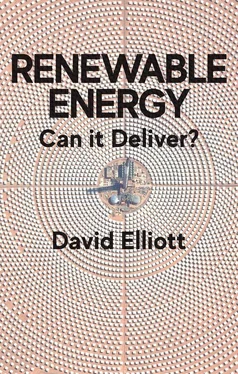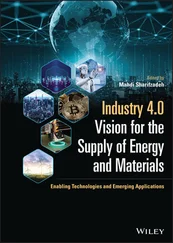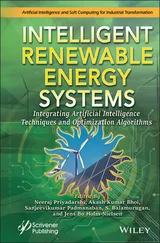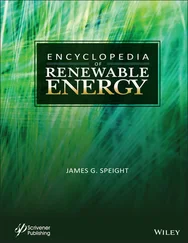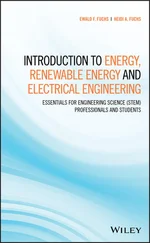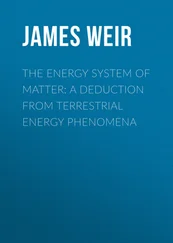That harks back to the radical agenda outlined by the late Hermann Scheer in his 2005 A Solar Manifesto : ‘Since everybody can actively take part, even on an individual basis, a solar strategy is “open” in terms of public involvement. It will become possible to undermine the traditional energy system with highly efficient small-technology systems, and to launch a rebellion with thousands of individual steps that will evolve into a revolution of millions of individual steps’ (Scheer 2005).
Along these lines, a Greenpeace scenario suggested that in theory, in most places, up to 70% of energy could be generated and used on a local basis, with only perhaps 30% involving larger-scale systems and grid trading (Greenpeace 2015). However, this may be optimistic. The 70/30 ratio is rather idealized and seems unlikely to be viable everywhere. Renewable sources are not available to all to the same extent, and, at any specific location, there will be variations in availability over time. Greenpeace admits that a fully decentralized system would need more (oversized) local capacity in order to maintain stable supplies than if you could rely on grid imports for balancing, so there could be a cost implication.
Local generation, aided by onsite storage, may nevertheless play a key role. It can reduce the strain on the grid and the need for new centralized generation capacity. There would be less demand on the grid during times when consumers/local communities could use their own power, although at other times they would still need power, leading to a capacity-balancing requirement.
The need for backup at times is of course why going fully off-grid may be problematic. That can be done, and is done in some remote locations, with the advent of cheaper batteries making it easier. For some consumers, even in areas with grids, going off-grid may still look appealing since it holds out the promise of individual ‘self-sufficiency’ and being free of reliance on the power utility companies. However, at present, trying to go for total energy autonomy at the household level may make little sense technically or economically in locations where there are grids for backup and, crucially, for trading any surpluses. Small isolated private power systems are likely to cost users more and are also arguably less environmentally sustainable and efficient than well-managed grid-linked and balanced systems. Nevertheless, if power grid systems begin to fail or become more expensive to use, for whatever reason, then more people may opt out.
While decentralized renewable energy supply, with self-generation of power by prosumers, including storage and peer-to-peer trading of surpluses, looks likely to become increasingly important, as argued above, there will also be a need for wider trading and the use of larger sources. The optimal balance between these elements is debated and will vary by location. However, the emphasis is likely to change from that at present. In its visionary UK projections, the UK Institute for Public Policy Research looked to a new smart energy system which ‘empowers citizens and communities to be more self-sufficient while being part of a connected, inter-dependent system that offers security of supply and resilience in the face of changing demand and climate’ (IPPR 2018).
In addition to wider strategic debates on issues like this concerning the mix and scale of renewables, there are some general issues in relation to other possible pathways ahead, for example the role of carbon capture and storage and its potential use with biomass. Biomass use has its supporters but, as already noted, also its opponents, who are concerned about the likely environmental impacts and land-use implications of growing energy crops on a large scale. The stakes have been raised since some supporters want to go for biomass combustion combined with carbon capture and storage (BECCS), so as to achieve a net negative carbon outcome, assuming the biomass used is replaced with new plantations and the CO 2is stored.
Not everyone is convinced that biomass use can be fully carbon neutral, much less carbon negative, given that it takes time for new biomass to grow to re-absorb CO 2and replace the lost carbon sinks, a key issue in terms of the use of forestry products, as I explore in chapter 3. It is also not clear if all the carbon emissions can be captured and stored effectively by carbon capture and storage systems on a permanent and wide-scale basis. Nevertheless, some still see carbon-negative options as vital. I will be looking at the carbon sequestration issues further in chapter 4.
Finally, there is the overreaching issue of whether we should be seeking to develop new energy supply and carbon reducing/storing technologies, of whatever sort, as opposed to technologies for avoiding the need for more energy supply. The more efficient use of energy can, arguably, avoid emissions/kW of finally used energy at lower cost than adding more supply. Certainly, energy saving and demand reduction ought to have been given much higher priority than they have so far. In most industrial countries, energy has in the past been relatively cheap and the social and environmental impacts of using it have been externalized (i.e. left to society to deal with). That situation has now changed, so there should be more of an incentive to avoid energy waste.
There are clearly significant potentials for energy (and carbon) saving. For example, a UK study claimed that ‘one quarter of the energy currently used in UK households could be cost effectively saved by 2035; and this could increase to one half if allowance is made for falling technology costs and the wider benefits of energy efficiency improvements’ (Rosenow et al. 2018).
Similar gains are also possible in all the other sectors, including industry and transport. Overall, a recent report from the Centre for Research into Energy Demand Solutions at Oxford University sees improved energy use efficiency as being the key to the decoupling of energy demand from economic activity, thereby cutting emissions, much more so than clean energy supply. ‘In recent decades, more than 90% of the progress in breaking the relationship between carbon emissions and economic growth globally has come from reducing the energy intensity of the economy. By comparison, reducing the carbon emissions per unit of energy has, to date, been a relatively minor effect’ (Eyre and Killip 2019).
However, that may overstate the role of efficiency. Some of the reductions in energy use have been due to structural changes in the economy and to the rising cost of energy, not to improved energy efficiency per se, issues I will be returning to in later chapters. There may also be conflicts between energy saving and energy supply. The increasingly low cost of renewables may undermine the economic attraction of energy saving. In some situations, it may be cheaper (per tonne of carbon avoided) to invest in green power supply than to invest in energy efficiency, especially once all the easy, low-cost energy savings have been achieved. That is debated: some say there will be economies of market scale as energy-saving techniques develop and are widely adopted (Lovins 2018).
Also much debated is the potential impact of the so-called ‘rebound effect’: the money saved by investing in energy efficiency may be re-spent on other uses of energy, so wiping out some of the energy and carbon savings (Wei and Liu 2017). Unless, that is, the money is spent on renewable power. Then the carbon savings from efficiency will be fully captured, a point I made a while ago (Elliott 2004).
Nevertheless, issues like that aside, it still makes overwhelming sense to avoid energy waste, and there are also valuable synergies between renewable supply and energy saving: if combined, they can limit the rebound effect. In addition, if demand can be reduced and also managed flexibly, it is easier to meet it from renewables. Moreover, since there are some impacts from using renewables and the renewable supply technologies also have material requirements, it is foolish, in resource and impact terms, to waste the energy that they can supply and then have to generate more.
Читать дальше
